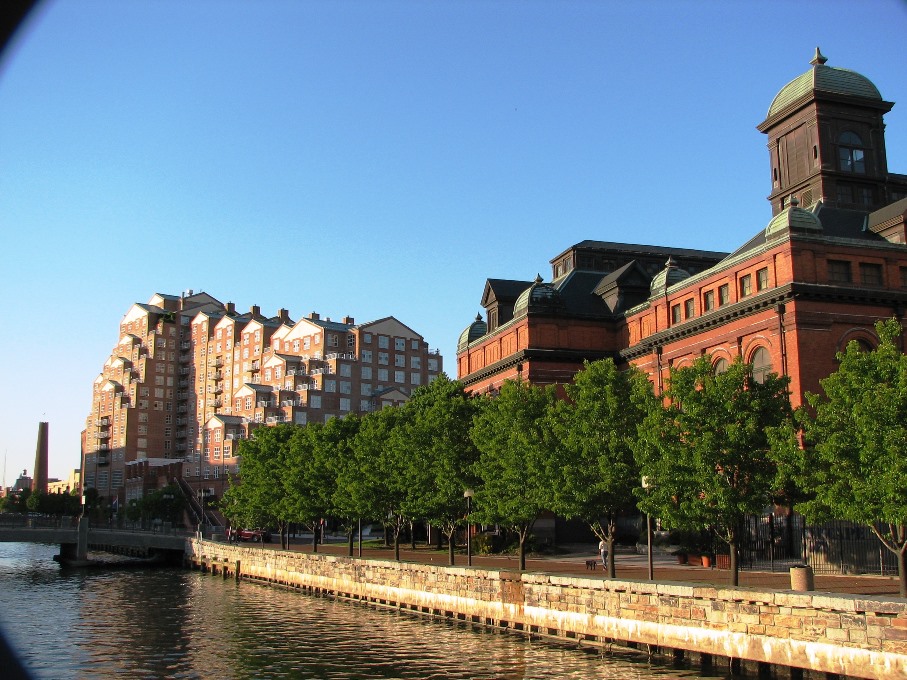Baltimore, Maryland struggles with both massive abandoned vacancies and pockets of gentrification. Residents face tracts of sky-high rents alongside chronically neglected housing stock, dividing wealthy and impoverished areas.
Now the Baltimore Housing Roundtable, a coalition of grassroots groups, envisions a plan to curb displacement and rationalize the twisted housing market. It sees joint ownership via Community Land Trusts (CLT) as a path to revitalizing community oriented housing.
The plan remains somewhat uncharted terrain. Historically, urban “renewal” has entailed two contrasting approaches to development: one is using subsidies to move public housing families into middle-class areas with better education and job prospects. But, alternatively, place-based investment, trying to change a neighborhood’s climate and social dynamics, poses a greater challenge than helping people move.
Nonetheless, Johns Hopkins University sociologist Stefanie DeLuca, author of a forthcoming book on urban inequality, argues that the basic principle is, “neighborhood matters.”
While targeted-relocation programs help some families, she says, “we can’t leave our cities behind or these neighborhoods,” and policymakers should also prioritize “improving communities in place so that families don’t have to leave them to find opportunity.”
The CLT may be an unprecedented citywide effort to turn residents, often seen as victims of structural inequality, into community planners.
Baltimore photo by Storm Cunningham.

